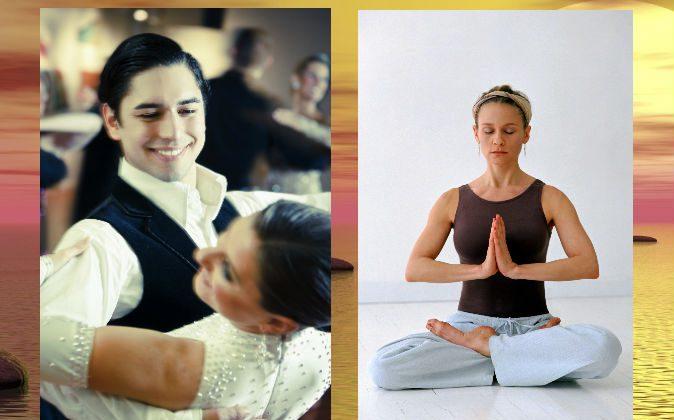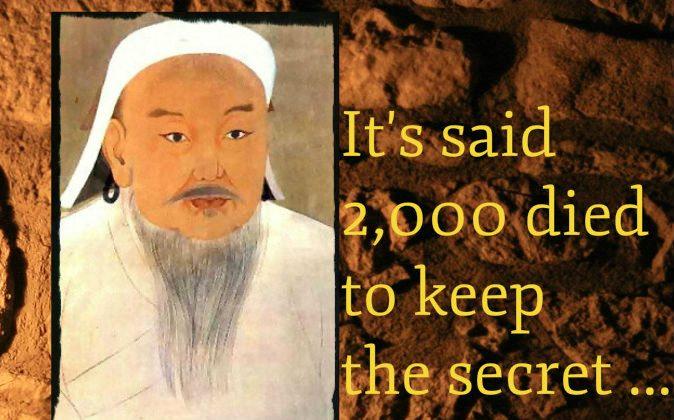For years, cultures around the world have been using meditation to calm the brain and enter states that are not only psychologically beneficial, but also physically beneficial.
As scientists learn more about our brains and how they operate, it has become apparent that Tango dancing, of all activities, can lead to the same mental states experienced by people who meditate on a regular basis. Additionally, the more skilled the Tango dancer, the more likely they are to enter this state at deeper levels.
One experiment, presented by the U.S. National Library of Medicine, looked at whether Argentine tango is as effective as mindfulness meditation in reducing symptoms of stress, anxiety, and depression.
Mindfulness meditation refers to meditation wherein one is consciously aware that one is meditating, as opposed to the various types of meditation that involve entering a trance or a sleep-like state.
For the experiment, 97 people with depression were randomly assigned to either a tango dance class, a meditation class, or neither (to form a control group).
The conclusion was that both meditation and tango could be used effectively as complementary treatments of depression and for stress-management.
A study done at St. Mary’s College of California took the concept a step further and measured the brain activity of dancers using an Electroencephalograph (EEG). Electrodes were attached to the scalps of tango dancers and also a group of volunteers serving as a control group.
This study noted that tango dancers rely on internal focus and attention much the same way mindfulness meditation practitioners do during meditation. Additionally, by meditating, a person might not only reduce stress levels, but also increase cognitive abilities.
As the mind relaxes, the brain enters a state of increased alpha-wave activity. These waves appear prior to sleep and during meditation. They continue to occupy a larger portion of the brain and eventually concentrate on the frontal areas of the brain. If this continues, the brain may enter into lower frequencies, exhibiting theta and delta wave patterns, for example.
The study summarized that tango dancers with more experience in tango showed a more powerful alpha state compared to the other subject groups. Although every group showed an alpha state, the experienced tango dancers exemplified the neural efficiency hypothesis, which suggests that with more experience comes less mental resources being used for the same activity.
As with meditation, the more one practices tango, the more one is able to enter these relaxed states. With practice and entering deeper levels of relaxation, the positive qualities are experienced more.






Friends Read Free